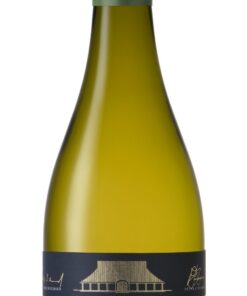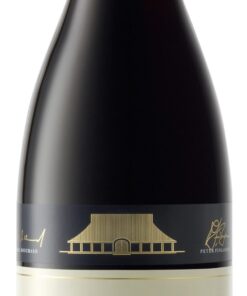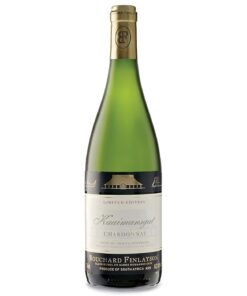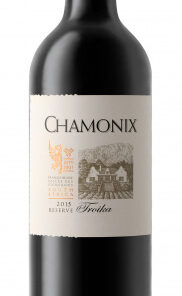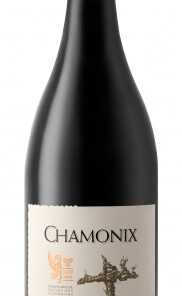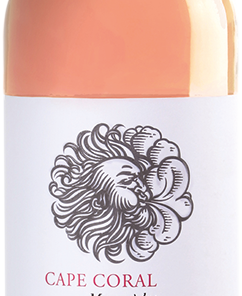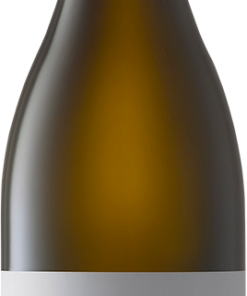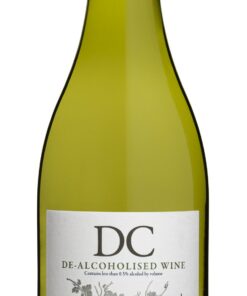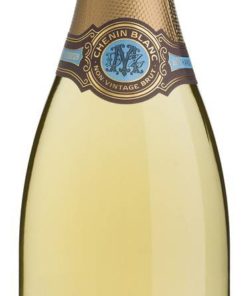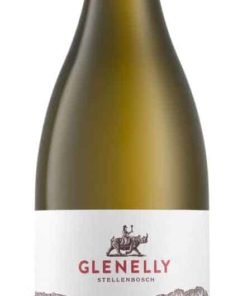South African wine has a history dating back to 1659. On 2 February of that year the founder of Cape Town, Jan van Riebeeck, produced the first wine recorded in South Africa. Production is concentrated around Cape Town, with major vineyard and production centres at Stellenbosch, Paarl and Worcester. Other smaller, well known wine producing areas include the Franschhoek Valley, Constantia, the Breede River Valley, Robertson and Swartland.
For most of the 20th century, the South African wine industry received little attention on the world stage. Its isolation was exacerbated by the boycotts of many South African products in protest against the country’s system of Apartheid. It was only in the late 1980s and 1990s when Apartheid ended and the world’s export market opened up that the country’s wines began to experience a renaissance. Many producers in South Africa quickly adopted new viticultural and winemaking technologies. The presence of flying winemakers from abroad brought international influences and focus on well known varieties such as Cabernet Sauvignon, Shiraz and Chardonnay. The reorganisation of the powerful KWV co-operative into a private business further sparked innovation and improvement in quality as vineyard owners and wineries who had previously relied on the price-fixing structure that bought their excess grapes for distillation were forced to become more competitive by shifting their focus to the production of quality wine.
There are about 60 appellations within the Wine of Origin (WO) system, which was implemented in 1973 with a hierarchy of designated production regions, districts and wards. WO wines must be made 100% from grapes from the designated area. ‘Single vineyard’ wines must come from a defined area of less than 5 hectares. An ‘Estate Wine’ can come from adjacent farms, as long as they are farmed together and the wine is produced on site.
The threat of springtime frost is rare with most wine regions seeing a warm growing season between November and April. Most annual rainfall occurs in the winter months and ranges from 250 millimetres in the semi-desert like region of Klein Karoo to 1,500 millimetres near the Worcester Mountains. A strong wind current, known as the Cape Doctor brings gale force winds to the wine regions along the Cape which has the positive benefit of limiting the risk of various mildew and fungal grape disease as well as tempering humidity but can also damage grape vines that are not well protected.
South African Wine
South African Wine
South African Wine
South African Wine
South African Wine
Franschhoek
Franschhoek
Franschhoek
Franschhoek
Franschhoek
South African Wine
South African Wine
South African Wine
South African Wine
South African Wine
South African Wine
South African Wine
South African Wine
South African Wine

